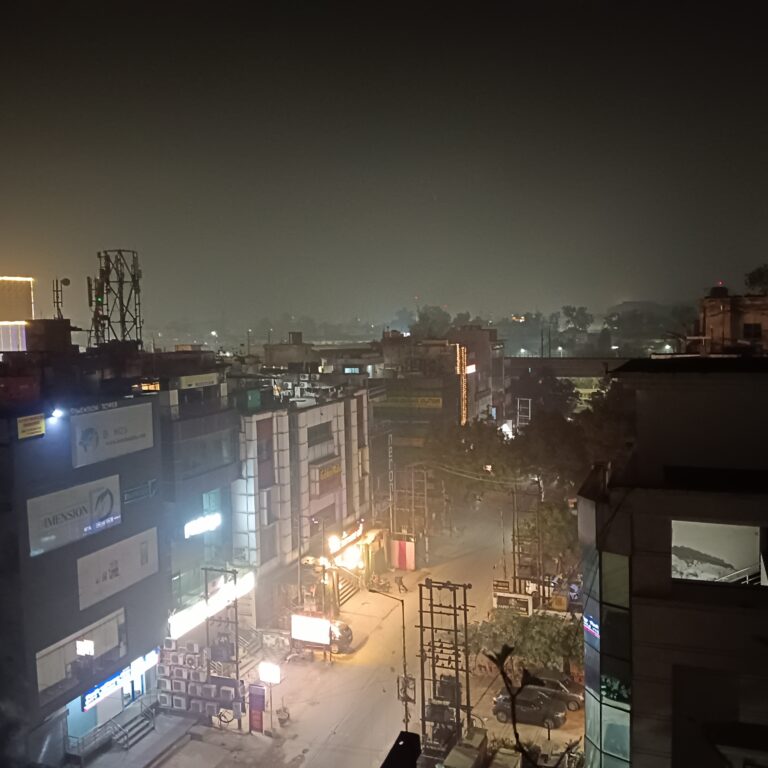
Kathmandu: When Doctor Manoj Kumar Shahi became a veterinarian 10 years ago, he took an oath: “to use my skills for the benefit of farmers and society.” It wasn’t a difficult promise to keep until he was appointed as a veterinary officer in Darchula, a district 950 kilometres north of Kathmandu, Nepal’s capital. Located in a cold Himalayan region at an altitude ranging from 1200 to 5000 metres above sea level, the Darchula district is among the country’s highest human settlements.
Even though the district has verdant lands that make it an ideal spot to graze livestock, it remains challenging to reach due to poor road conditions.
“The district’s village can only be reached by walking for two days. There are no vehicles or public transportation. To reach the nearest animal health service is a tough trek away,” he described. “But I was deeply committed to caring for animals, regardless of the distance.”
In 2013, the Darchula farmers became worried after a few goats died abruptly. At that time, Dr Manoj, working as a veterinarian there, was responsible for the diagnosis, treatment and monitoring of disease outbreaks and notifying the regional veterinary authority when needed. He took immediate action, getting samples from the goats and sending them to the regional veterinary laboratory in Dhangadhi. The diagnosis came back as Peste des petits ruminants (PPR). PPR, also known as sheep and goat plague, is a highly contagious animal disease affecting domestic and wild small ruminants, with a mortality rate as high as 80 per cent.
“At that time, I felt extremely guilty and disappointed because I couldn’t do much to control the outbreaks. The impact was massive – more than 500 goats died, and farmers became depressed as they rely on goat farming for a living.”
Nepal reported its first-ever PPR outbreak in 1994, and it has been reported regularly ever since. A government-led vaccination programme is ongoing in the country. However, PPR continues to pose a threat to 18.76 million poor people who keep livestock as their source of food and regular income.
“That was my turning point,” he reflected. From that experience, he realized that being a veterinarian, he should have the capacity to prevent and control animal diseases, not only respond to outbreaks. “We (Veterinarians) are responsible for protecting these farmers’ incomes, their livelihoods,” he said.

Since 2019, Dr Manoj has been enrolled in a Regional Field Epidemiology Training Program for Veterinarians (R-FETPV) in Asia and the Pacific, a two-year training programme implemented by the FAO Emergency Centre for Transboundary Animal Diseases (ECTAD) in collaboration with the Department of Livestock Development (DLD) of Thailand and with support from the United States Agency for International Development (USAID) and other partners. FAO ECTAD plans and delivers veterinary assistance in response to animal health crises. One of ECTAD’s major focuses is veterinary epidemiology, which is why the R-FETPV programme is important, and therefore, as of 2022, there are 189 graduates from the R-FETPV programme across Asia and the Pacific region. Through ECTAD, FAO builds countries’ capacities to prevent, detect and respond to zoonotic and non-zoonotic disease outbreaks at the source.
“Before enrolling in the programme, I thought a veterinarian’s role was only to respond to outbreaks or treatment of animal diseases, such as by performing vaccinations and medication. It turns out that our role is more than that,” Dr Manoj said.
“From this FAO-DLD programme, I learned that, by understanding how the disease occurs and spreads, we, as the frontline veterinarians, are playing a significant role to prevent disease spread and outbreaks. We are able to investigate the source of infection, identify the risk factors and communicate properly to farmers and leaders in the village, as well as develop recommendations to guide policymakers in formulating a better animal health policy and strategy for the country.”
“This programme really helped me to find ways to prevent future outbreaks and prepare for the next pandemic,” he said.
Through the R-FETPV programme, established in 2008, FAO aims to produce a network of qualified and skilled field veterinary epidemiologists to protect people and animals from disease threats.
Today Dr Manoj works as a Veterinary Officer at the Department of Livestock Services in Nepal and is pursuing a master’s degree under the R-FETPV programme at Chulalongkorn University in Thailand. He contributed to major disease outbreak investigations and situation analysis of diseases in the country, including avian influenza, Newcastle disease, foot and mouth disease and rabies. Additionally, he has also assisted veterinarians at provincial and local levels to conduct proper disease outbreak investigations.
“Epidemiology is a fundamental skill for a veterinarian who works closely with farmers in the field,” he said and stressed that (s)he is the one who should understand the disease situation.
Dr Manoj hopes that all governments will consider the importance of having veterinary epidemiologists in their countries. “I believe by having adequate resources, we can prevent diseases and improve animal health, food production and safety for human beings in Nepal,” he concluded.
Source: the FAO News and Media office
– global bihari bureau





